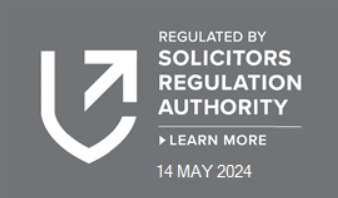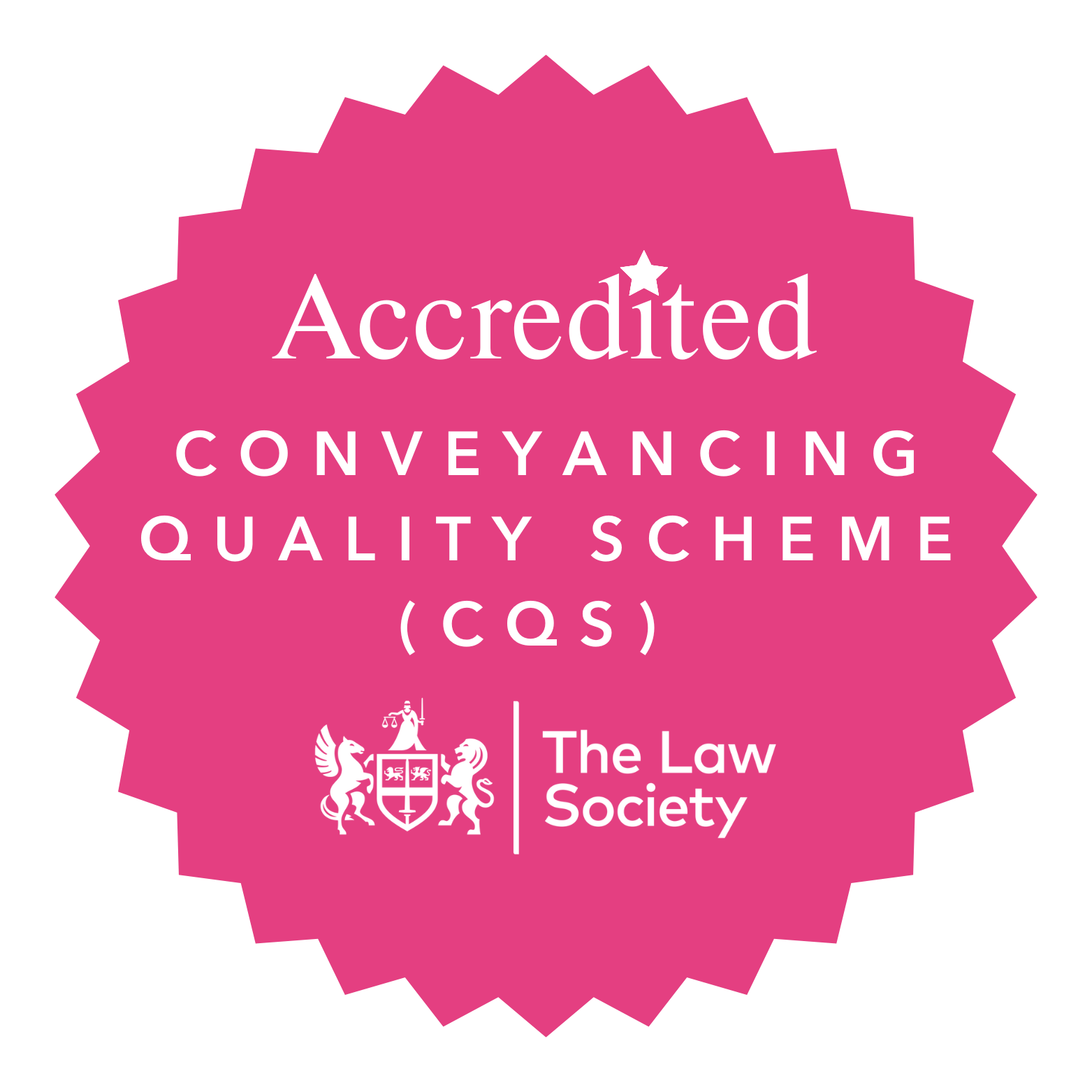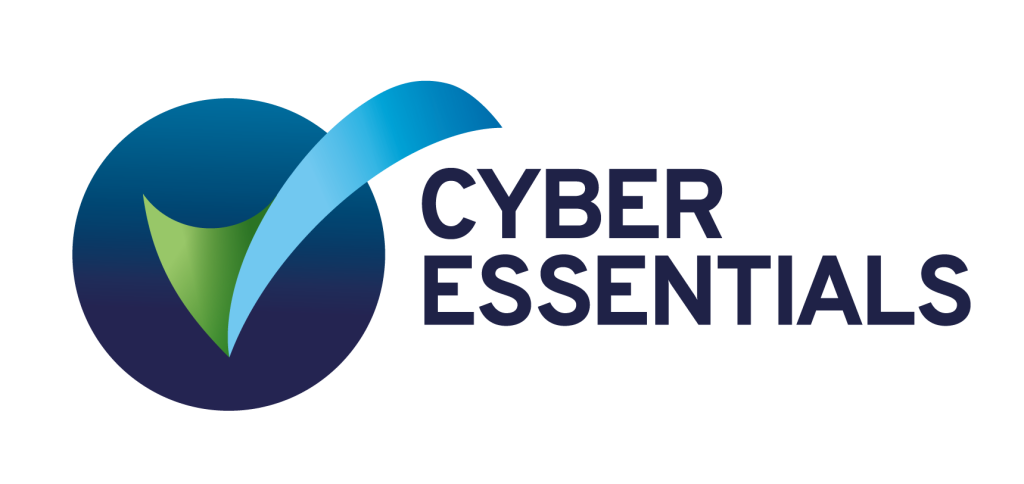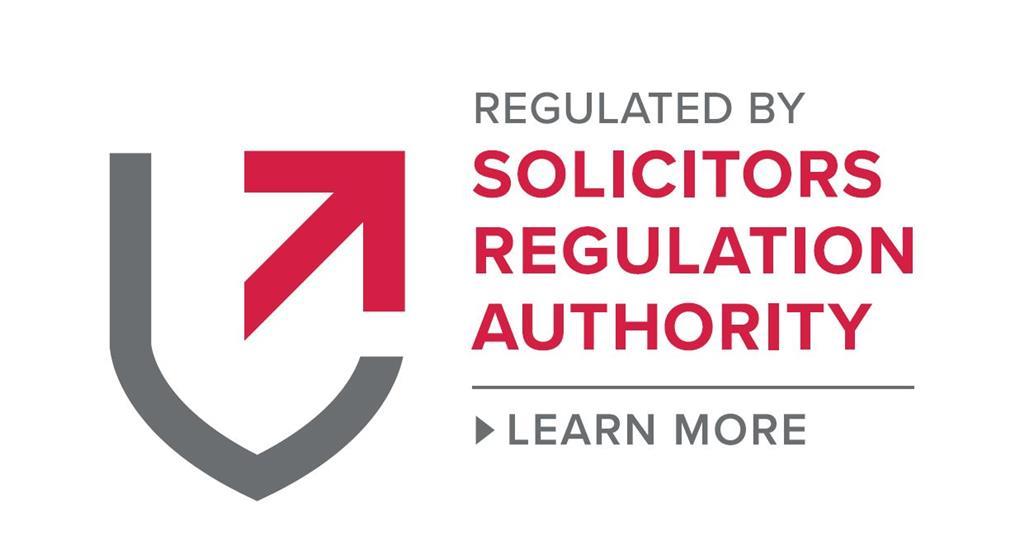Defending a product liability claim is not an easy feat for most people. Customer safety and satisfaction are key objectives for any manufacturer or supplier, as you seek to build and maintain a reputation in the market. Quality control plays a key role in new product development, even though it can be a challenge with a long supply chain and so many aspects to bringing a product to market.
However, accidents can happen with products, and customers or users are sometimes injured. This may be because they were not using it according to the instructions, or occasionally this can be due to a failure in manufacturing or the supply chain. If a customer has been injured, you may receive a direct complaint or a notification that they are taking legal action in order to obtain compensation for their injury which they claim was caused by your product.
‘It is important to respond promptly to any complaints about safety, even if made informally, and to investigate the possible cause,’ explains Spencer Lewis, a Partner
in the dispute resolution team with Martin Shepherd Solicitors LLP. ‘If a complaint about a product becomes a legal product liability claim, this will require immediate action if you are to limit the impact this will have on your business, both financially and reputationally.’
Spencer Lewis looks at what action you need to take and the strategic implications for your business.

What is a product liability claim?
As a manufacturer or supplier of a product, you will be liable if your product is defective and as a result causes personal injury or death, or damage to property. For example, a manufacturer or supplier of a faulty toy which causes personal injury to a child, or a supplier of an electrical product which catches fire causing damage or injury.
Types of product liability claim
If you receive a letter from a solicitor alerting you to a product liability claim, then it could have arisen under one of these legal frameworks:
- The Consumer Protection Act 1987 – may be used if ‘the safety of the product is not such as persons generally are entitled to expect’. There is strict liability, which means that the consumer, or user, does not need to prove fault as long as the product was defective and caused damage as a result. For example, if an electrical item caught fire as a result of a manufacturing defect and caused damage to property or a person.
- Negligence – may also be used against anyone who owes the user a duty of care. For example, if a defect in a vehicle, such as a faulty seatbelt, contributed to injury or death in a road accident.
- Breach of contract – this can relate to a specific express breach, or more likely if it is a consumer, they will claim a breach of an implied contract term under consumer rights provisions that say that any contract of sale has the implied contractual term that the product is of satisfactory quality, fit for purpose and must be as described. For example, in the UK emissions scandal registered owners of diesel cars and vans made between 2007 and 2018 are claiming that their diesel vehicles were mis-sold because they produced more harmful nitrogen oxide than advertised.
It is significant to establish which framework is relevant at the outset, as this may affect how you defend any complaint against you.
Who can be affected by a product liability claim?
If you are a manufacturer, you could face a claim under the Consumer Protection Act or negligence.
If you are a supplier, then you could face a claim under negligence or breach of contract.
If you are a supplier who has customised a pre-manufactured product, then potentially you could face any of these causes of action.
What is needed to prove a product liability claim?
This will depend on the basis of the claim.
- Under the Consumer Protection Act, for you to be held liable it must be found that there was a defect in the product you manufactured or supplied, and there was a link between that defect and the damage.
- In a negligence claim, it must be proved that you owed a duty of care to whoever is complaining, that you breached that duty, and that your breach caused damage to a person or their property, and it was reasonably foreseeable by you that this would happen.
- If it is a breach of an express or implied contractual term, then it must be established against you that the product was not fit for purpose and the quality was not sufficient as described.
What are potential defences to a product liability claim?
There are many defences that we can explore for you, and the most appropriate defence strategy will depend on the basis of the claim.
- For a claim brought under the Consumer Protection Act, there is a vast amount of case law that considers what level of safety the consumer should be entitled to expect on an objective test basis. We may be able to show that the defect was not caused by you, but elsewhere in the chain. For example, if you manufactured a shower which caused an electrical fire, it may be that the fault was actually caused by a faulty thermostat, fitted elsewhere.
- For a negligence claim, it may be possible to establish that you did not owe a duty of care to that person, or there was a break in the chain of causation. For example, where something happened during installation that caused the defect.
- With a contract claim, you may be able to show that the manufactured product complied with quality standards and it was fit for purpose, but the claimant used it for a different purpose, causing the damage.
Calculating compensation for a product liability claim
If it transpires that you are liable, then there will be the question of calculating and negotiating any compensation to be paid. Here we will work with you to ensure this amount is kept to a minimum.
There could be contributory factors which will reduce the amount payable. For example, if the consumer was aware of the defect in the product before any damage occurred but continued to use that product anyway, then they will be responsible for that damage.
Policies and procedures for a product liability claim
It is important to consider the practical actions required, as well as the legal issues, to avoid any further claims and to limit your reputational damage. For example, should you recall the product from stocks, or is it sufficient to increase the warning on that product? Or do you need to provide some additional safety features?
Some damage will require immediate rectification. For example, if mislabelled food has caused a fatal allergic reaction, this has to be rectified as a matter of urgency.
Once the dust has settled, it is important to review your policies and procedures to see what lessons can be learned, and what steps need to be taken for the future.
It is important that everyone in the business is prepared for a claim and knows the process to follow if a complaint is received. It is often a good idea to have one initial point of contact. The earlier a claim is addressed, and legal advice is taken, the easier it is to control the process and limit damage.
How we can help with defending a product liability claim
It is important you seek immediate legal advice from our litigation experts so that we can advise you on the extent of your product liability claim and any factors that may affect the claim.
We will first check if the claim is within any relevant time limits:
- a claim brought under Consumer Protection legislation must be brought within three years of the damage, or from the date of knowledge of the damage; and
- a negligence or contract claim must generally be brought within six years, although this is reduced to three years for personal injury.
We will consider with you all avenues of defence and mitigation for your product liability claim, and we will advise you on how best to proceed in the circumstances.
For further information on a product liability claim, please contact Spencer Lewis in the dispute resolution team on 020 8367 3230 or email sgl@martinshepherd.co.uk. Martin Shepherd Solicitors LLP has offices in North Finchley in London, Potters Bar and Hertford in Hertfordshire






